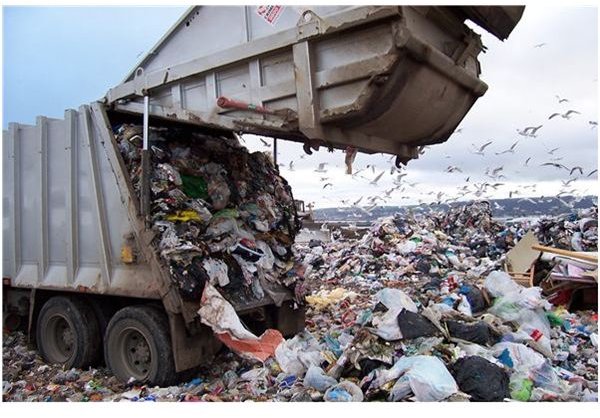Green Computing Definition: Understanding the Term and How Carbon Footprints of Computers are Being Reduced
Defining Green Computing
It seems like everyone nowadays is “going green.” The commitment to live a greener lifestyle is noble, however it seems as if many people throw the term around without having a grasp of what going green actually means.
One way that people can actually make good on their commitment to go green is through green computing efforts. In order to make this decision, it is important to first understand what green computing actually is.
Green computing can be defined as the
environmentally responsible use of computers and their resources. Now what this exactly means needs a bit more explanation.
Using computers and their resources in an eco-friendly and responsible way can be broken down into two categories; reduction in the power consumption of a computer and its resources, and a reduction in the amount of e-waste that is produced by a computer and its resources.
Reducing Power Consumption
It is easy to understand how a reduction in power use help green your computing practices. Like any other power saving techniques you may employ, reducing the power consumption of you computers and technology lessens the amount of resources used to produce energy and reduces the amount of waste that is released into the environment as a result of burning fuels for energy. In this respect, green computing can be defined as saving energy by managing your computer resources effectively.
Preventing Electronic Waste

Reducing e-waste, on the other hand, takes a bit more explanation. Nowadays, people don’t purchase a first computer for their home or company. Instead, their computer and technology purchases are to replace something that is outdated or not working.
Electronic waste comes as a result of these old, outdated, broken components. For the most part, these computers, monitors, printers, and other devices are thrown into the dumpster or left out for the garbage collector to pick up. When this is the case, toxins from all the internal parts of the device eventually work their way into the soil and groundwater supplies causing a great deal of contamination. Making a practice of green computing as it pertains to e-waste would be defined as properly disposing of computers and hardware.
Sample contents.
